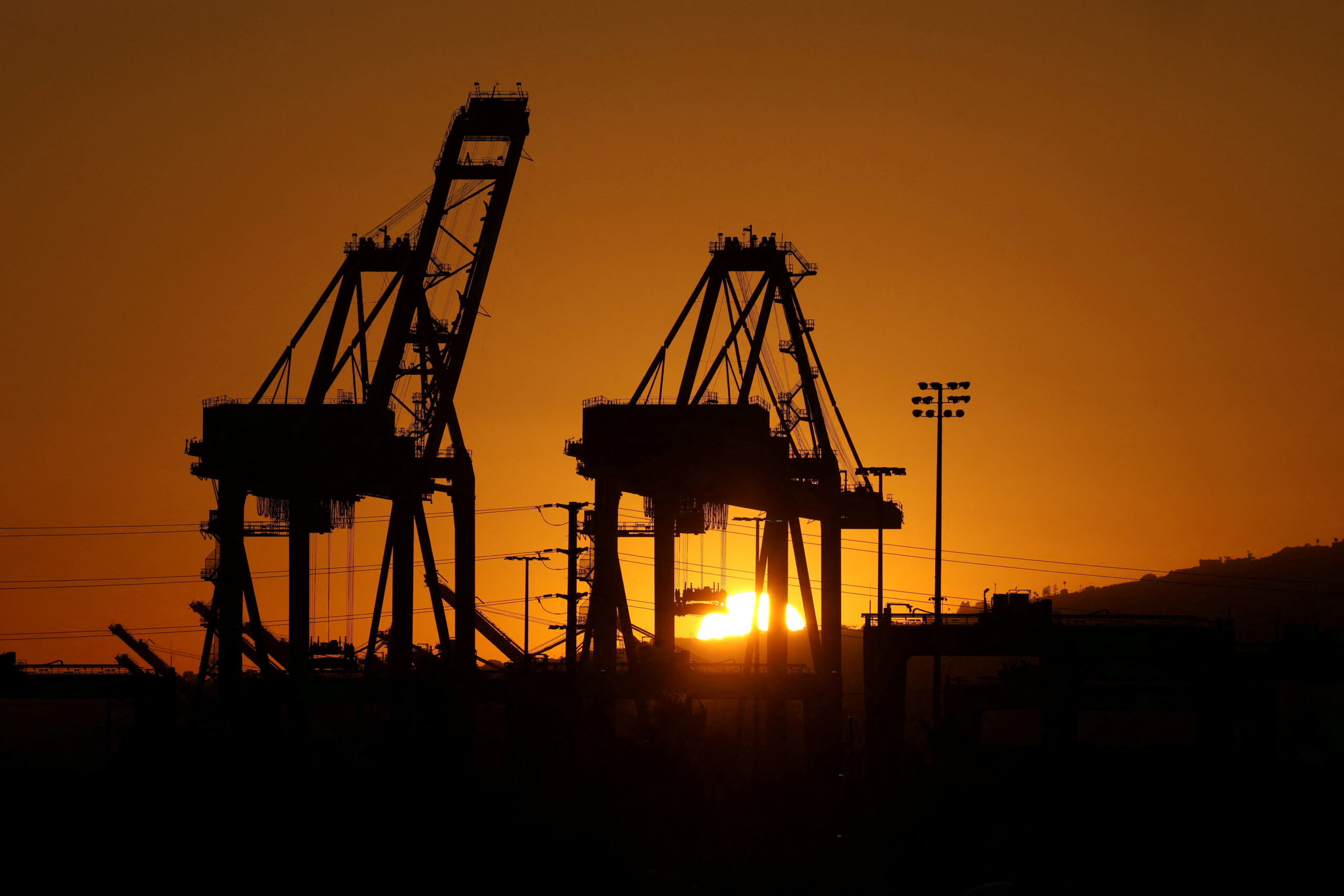 By Manash Goswami
By Manash Goswami
SINGAPORE, Nov 1 (Reuters) – What do the Chinese cities of Qingdao, Ningbo and Dalian have in common and what’s the quickest way of getting from one to the other?
If you are an oil investor or trader and haven’t figured it out yet, you may be giving your competitors a head start.
China’s rising fuel demand saw it overtake the United States as the world’s top net oil importer last month. As China’s importance for global oil markets grows, traders looking for an edge are hunting for smarter ways to assess demand and supply in a country that publishes relatively little energy sector data.
One way may just be to make frequent trips to count tanker arrivals in these three cities – which are home to China’s top three crude import terminals.
A diesel trader may have to count vessels in Zhanjiang, Kunming and Guangzhou ports, which ship in most of the fuel that runs trains, trucks and power generators.
The problem for global oil investors is that China gives no detailed data on refinery operations or commercial stockpiles of crude and oil products.
For decades, these traders have had access to all the data they needed on the oil market in the United States, the world’s biggest consumer of oil and the biggest importer until it was overtaken by China. Every Wednesday, the U.S. Department of Energy announces crude imports, commercial stockpiles and refinery utilisation rates, often setting off movement on crude and products futures markets.
“With China, you just don’t know,” said Adi Imsirovic, general manager at Clearsource Trading London, which sells oil to China and Asia. “There is no reliable data on stockpiles, refinery operations – with China it is a black hole.”
Companies and trading houses that sell crude to China’s licensed importing agencies include Trafigura, Glencore , Vitol S.A., Total and BP Plc .
The more savvy among those trading China oil already monitor tanker arrivals in the country by tracking satellite images and counting the number of vessels enroute to its top three or other ports. The satellite data provides the vessel’s draft, which gives a sense if it is fully or partially loaded.
It also often provides information on where the ship has loaded from and which is its port of discharge.
If that fails, information may simply come from sources in the port.
“There is no real alternative to having as many people as possible on the ground,” said a top executive from a major energy trading desk. “We have people in big cities and we will be looking to hire more.”
LACK OF QUALITY DATA
China publishes monthly customs data on crude imports, but it does not give details on stockpiles, making it difficult to assess real demand.
It also gives out monthly oil product export and import numbers, but similarly there are no figures on stocks, which makes estimating actual demand an inexact science.
Knowledge like this is essential to trade in the market and set prices. Many investors may be reluctant to trade on what they can glean from the partial data that does exist.
And then there is the quality of the data itself. For years, economists have questioned China’s macroeconomic data, including GDP and trade figures, and whether they accurately tell the full story.
The biggest vacuum for oil traders is data on China’s crude stocks and refinery operations.
Unlike in the United States, China has no regulatory filing for its refining industry on outages, shutdowns or maintenance. The sector is dominated by China’s state-owned energy giants.
Apart from these behemoth facilities, the country also has scores of smaller, independent refineries, called teapots, scattered all across the country. Though small, they can play a key role supplying fuels such as diesel to landlocked regions, especially during peak season.
Data on these is even harder to procure.
AN EDGE IN THE MARKETPLACE
This dearth of energy sector data from China can put the rest of the market at a disadvantage when it deals with Chinese trading houses, which are increasingly playing a major role.
Without reliable information on Chinese consumption and inventories, other trading houses struggle to gauge whether Chinese traders are buying to ship fuel home or for trading, which can affect prices.
For example, Unipec, the trading arm of Chinese state refiner Sinopec , usually buys crude for refineries in China.
But last month, it sold a consignment of North Sea Forties crude to Thai Oil, a major surprise for the market. A tanker carrying the crude from the Hound Point terminal in Scotland to Yangpu in China is to discharge the cargo in Thailand.
“They have such a large system, it gives them a lot of flexibility to play around,” said Imsirovic from Clearsource Trading. “You can never tell what’s going to go in to China and what will be sold en route. It puts the rest of us at a huge disadvantage.”
LONG EXPECTED
China becoming the world’s top oil importer has been a long time coming and many oil trading firms have positioned well for its growing influence on global markets.
Some have hired staff to gather on-the-ground intelligence, tapped local consultancies for information and monitored proxy demand data such as power output.
“They are not operating blind,” said Harry Tchilinguirian, global head for commodity markets strategy at BNP Paribas. “This trade shift just continues an already existing phenomenon. As the balance shifts eastwards, these are issues the industry has been aware of.”
But the oil trading community expects China to open up eventually as its influence on global markets increases just as the relevance of weekly stocks and refinery operations data from the United States diminishes.
“If you don’t share data, you have volatility and that is not a good thing for a big buyer like China,” said Richard Gorry, managing director for JBC Asia. “Once China understands this, they will open up.”
© 2013 Thomson Reuters. All rights reserved.

 Join The Club
Join The Club











